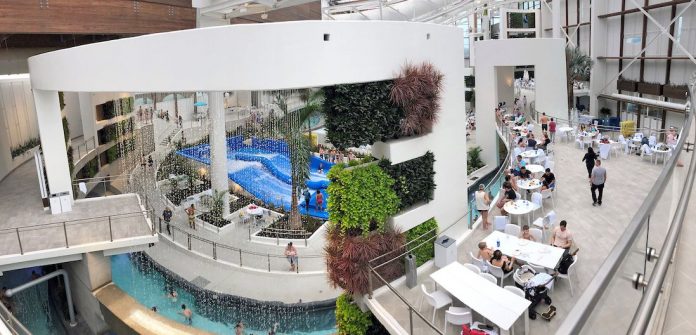
Many resorts are incorporating impressive water features into their list of offerings. As with any space on a property, these recreational water settings are designed to deliver a consistent guest experience. With the right design elements and attraction mix, a property can blend and balance the best of both waterparks and luxury amenities.
When developing recreational water settings for a property, consider these five factors to save time and money and deliver a better pay off in revenue generating opportunities once the property’s new feature is open.
1Design for the Overall Guest Experience
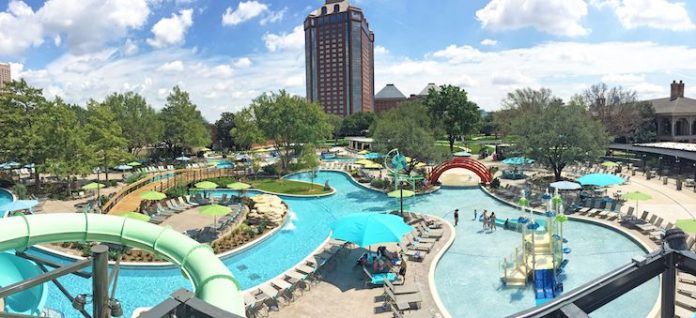
Any resort setting should reflect the guest experience the property is aiming to create. Incorporating spaces for fun and relaxation as well as retail, food and beverage, exit and entry points, service accessibility, and guest flow are all key factors that affect the overall guest experience. These should be considered as fundamental components in design from the onset. Also analyze the size and intimacy of the space, the capacity during any given time period, and the target demographic.
2Achieve (and Exceed) Brand Expectations

Hoteliers must carefully consider three things when designing recreational water settings to fit a brand: physical appearance, attractions and amenities, and operational logistics. So much more than just adding a pool or waterslide, recreational water settings must be designed and built specifically to meet guest expectations and create an environment that effectively communicates the brand experience.
3Optimize Operations
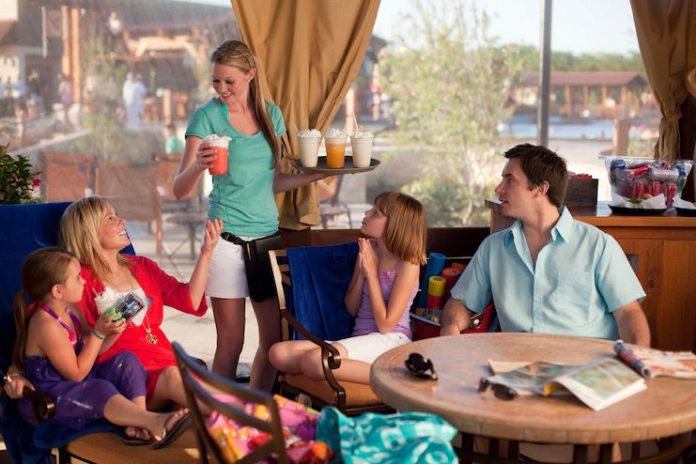
Think beyond the edge of the pool when it comes to creating resort waterfront settings. In terms of capacity, can the property incorporate more entertainment or buy-out venues into the initial design by adding deck, outdoor F&B areas, or multi-level structures to maximize limited available space? Also consider accessibility—how will both guests and staff access everything from showers and parking to kitchens? Lastly, plan for guest flow. Create circulation paths that direct the flow of guests through the property, taking into consideration changing landscapes, decking areas, and attractions and making it easier for people to move around and be “directed” past key revenue generating venues.
4Plan for All Guests
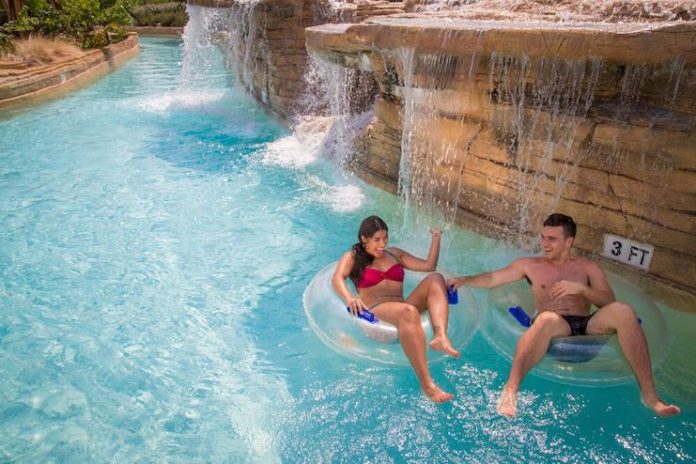
Water is a key driver of sales and revenue, and although children have a great deal of influence in selecting family vacation destinations, parents are looking for a fun and relaxing experience tailored to their needs as well. Whether accommodating the child who wants to splash around in pool, the teen who wants to spend their day surfing, or the adult who wants to float around in a lazy river or sit at the swim-up bar, recreational water settings can be designed to appeal to guests of every age, leading to an increase in length of stay and more time spent on property.
5Consider How It All Comes Together
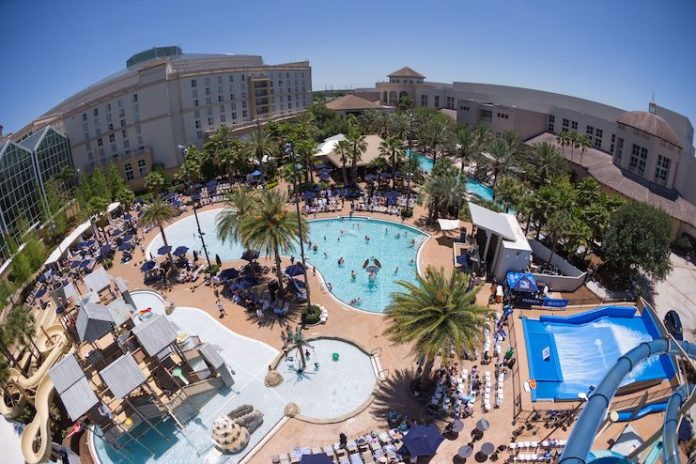
When beginning to think beyond the edge of the pool about a creative water solution for a property, consider how all the elements—feel and capacity of the space, operational flow, revenue-generating amenities, architecture, and landscaping—come together to build value and appeal. From attraction mix to leisure amenities, a resort’s recreational water setting is all about providing the ultimate vacation destination, bringing guests back time and time again, to stay, play, and spend.











